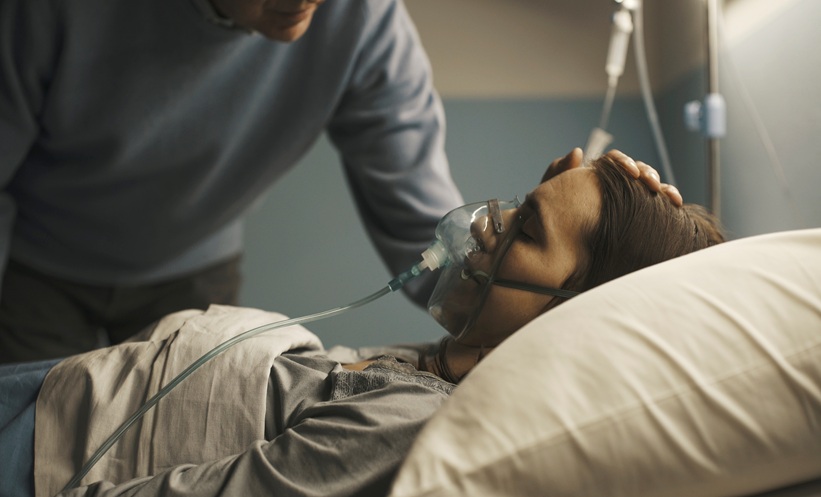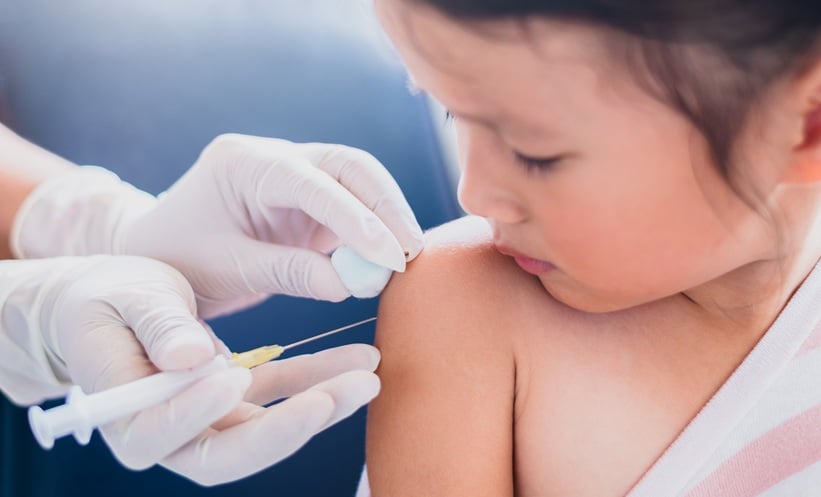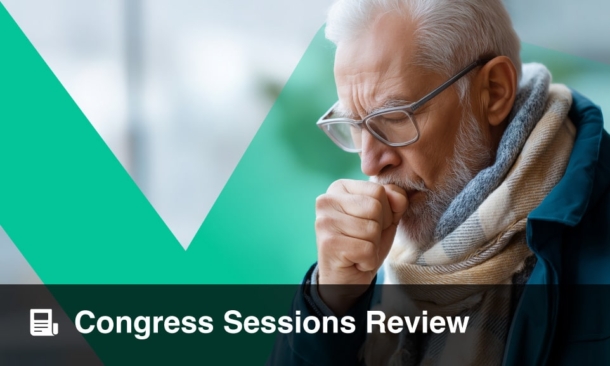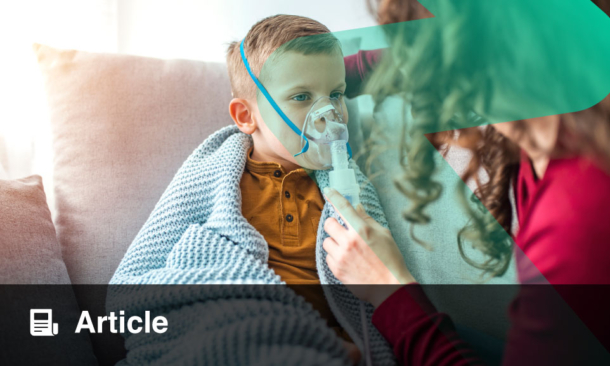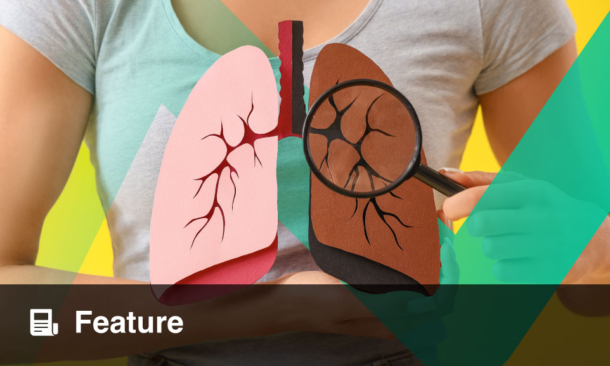MODERATE thrombosis in lung injury may paradoxically protect sepsis related ARDS via endothelial ALOX15 driven signaling. In this preclinical study, investigators modelled lung thrombosis in adult mice with intravenous microbeads and induced acute lung injury using either lipopolysaccharide or cecal ligation and puncture.
Severe pulmonary thrombosis and thrombocytopenia both worsened sepsis induced acute lung injury and increased mortality. In contrast, carefully titrated mild pulmonary thrombosis reduced endothelial cell apoptosis, attenuated lung injury and improved survival. This protective effect depended on sustained endothelial expression of the arachidonate 15 lipoxygenase enzyme Alox15, linking thrombosis in lung injury to endothelial lipid signaling.
Endothelial specific Alox15 knockout abolished the benefit of mild lung thrombosis and exaggerated sepsis induced damage. Overexpression of endothelial Alox15, delivered with endothelial targeted nanoparticles carrying plasmid DNA, limited the additional injury associated with severe pulmonary thrombosis, suggesting that enhancing this pathway can buffer the harmful effects of more extensive clot burden.
Endothelial ALOX15 And Protective Lipids
Lipidomic profiling identified thirty two Alox15 regulated lipids. Administration of one lead candidate, 1 palmitoyl 2 oleoyl 3 arachidonoyl rac glycerol, to endothelial Alox15 knockout mice reversed their heightened susceptibility to acute lung injury. These data support a model in which endothelial ALOX15 generates protective lipids that stabilize the pulmonary vascular barrier and reduce inflammatory injury.
Lung autopsy samples from patients with acute respiratory distress syndrome showed fewer ALOX15 expressing endothelial cells, providing clinical relevance for the experimental findings. In a thrombocytopenia model, genetic platelet depletion intensified endotoxemia induced acute lung injury, but restoring pulmonary thrombosis normalized lung injury severity, further supporting a context dependent protective role for thrombosis in lung injury.
Implications For ARDS And Sepsis Care
Together, these results suggest that not all pulmonary thrombosis in lung injury is uniformly harmful. Moderate levels of lung thrombosis in the setting of sepsis induced acute lung injury may protect against inflammatory endothelial damage when endothelial ALOX15 and its lipid products are active. The authors propose that upregulating ALOX15 expression or delivering ALOX15 dependent protective lipids could offer new therapeutic strategies for acute respiratory distress syndrome, particularly in patients with thrombocytopenia and widespread pulmonary thrombosis. Translational studies will be needed before these approaches can be integrated into clinical care.
Reference: Evan CE et al. Unexpected Protective Role of Thrombosis in Lung Injury via Endothelial Alox15. Circulation Research. 2025;doi:10.1161/CIRCRESAHA.125.326357.

